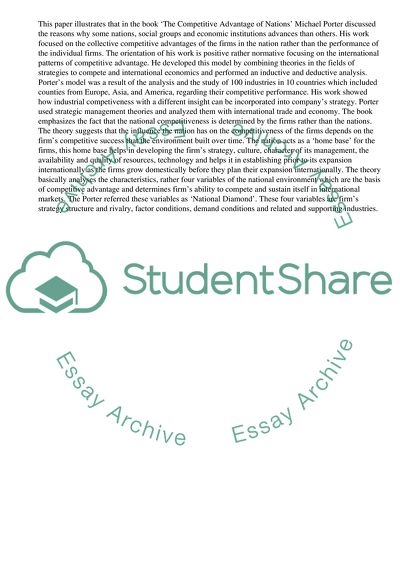Cite this document
(“Porters Model of National Competitive Advantage Essay”, n.d.)
Porters Model of National Competitive Advantage Essay. Retrieved from https://studentshare.org/management/1445659-what-are-the-strengths-and-limitations-of-porters-model-of-national-competitive-advantage-in-explaining-the-comparative-nature-and-achievements-of-national-business-systems
Porters Model of National Competitive Advantage Essay. Retrieved from https://studentshare.org/management/1445659-what-are-the-strengths-and-limitations-of-porters-model-of-national-competitive-advantage-in-explaining-the-comparative-nature-and-achievements-of-national-business-systems
(Porters Model of National Competitive Advantage Essay)
Porters Model of National Competitive Advantage Essay. https://studentshare.org/management/1445659-what-are-the-strengths-and-limitations-of-porters-model-of-national-competitive-advantage-in-explaining-the-comparative-nature-and-achievements-of-national-business-systems.
Porters Model of National Competitive Advantage Essay. https://studentshare.org/management/1445659-what-are-the-strengths-and-limitations-of-porters-model-of-national-competitive-advantage-in-explaining-the-comparative-nature-and-achievements-of-national-business-systems.
“Porters Model of National Competitive Advantage Essay”, n.d. https://studentshare.org/management/1445659-what-are-the-strengths-and-limitations-of-porters-model-of-national-competitive-advantage-in-explaining-the-comparative-nature-and-achievements-of-national-business-systems.


